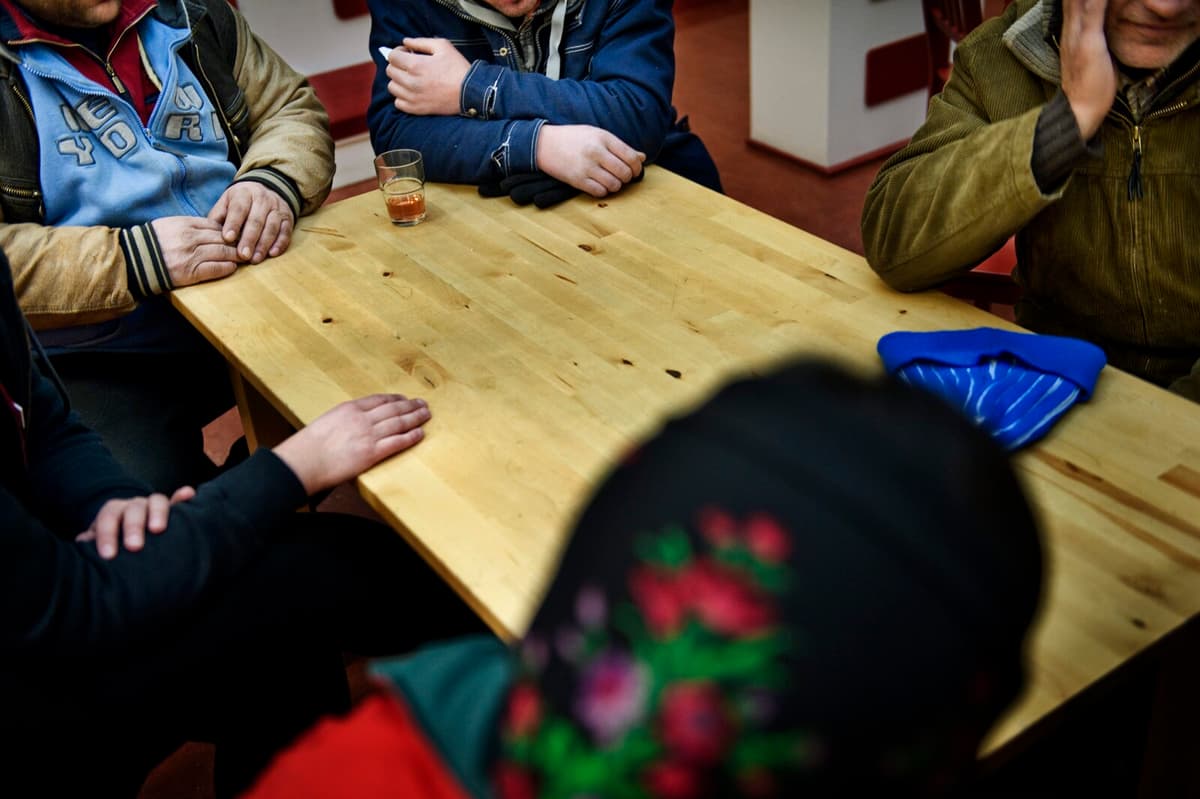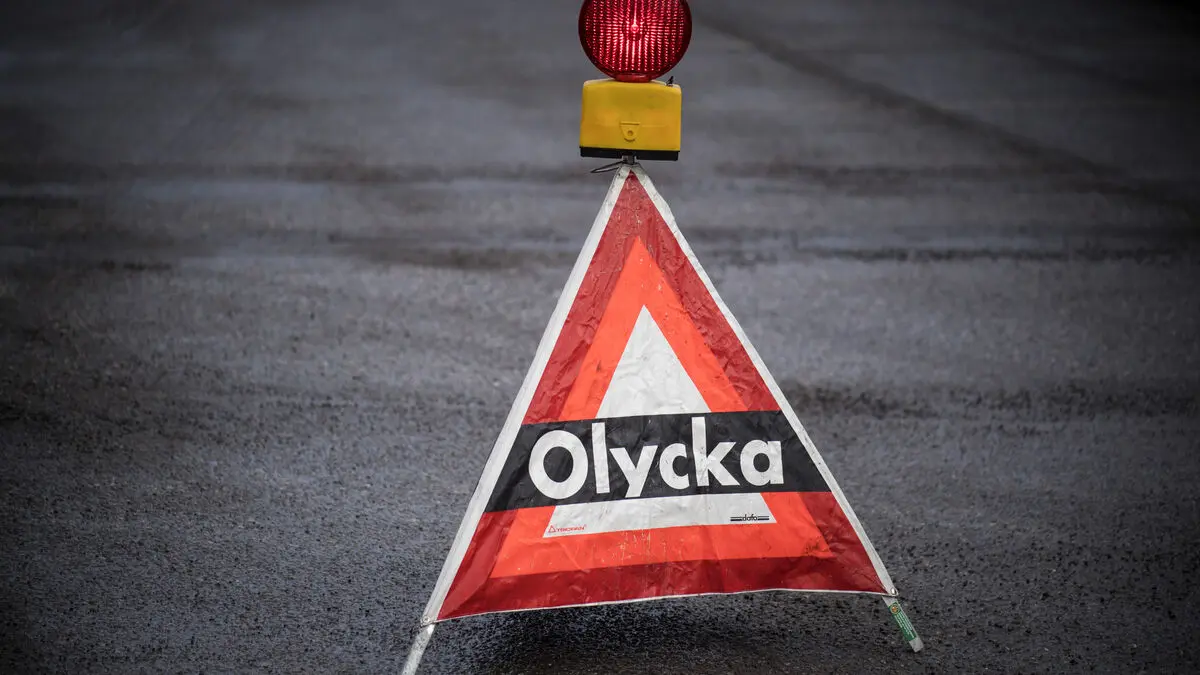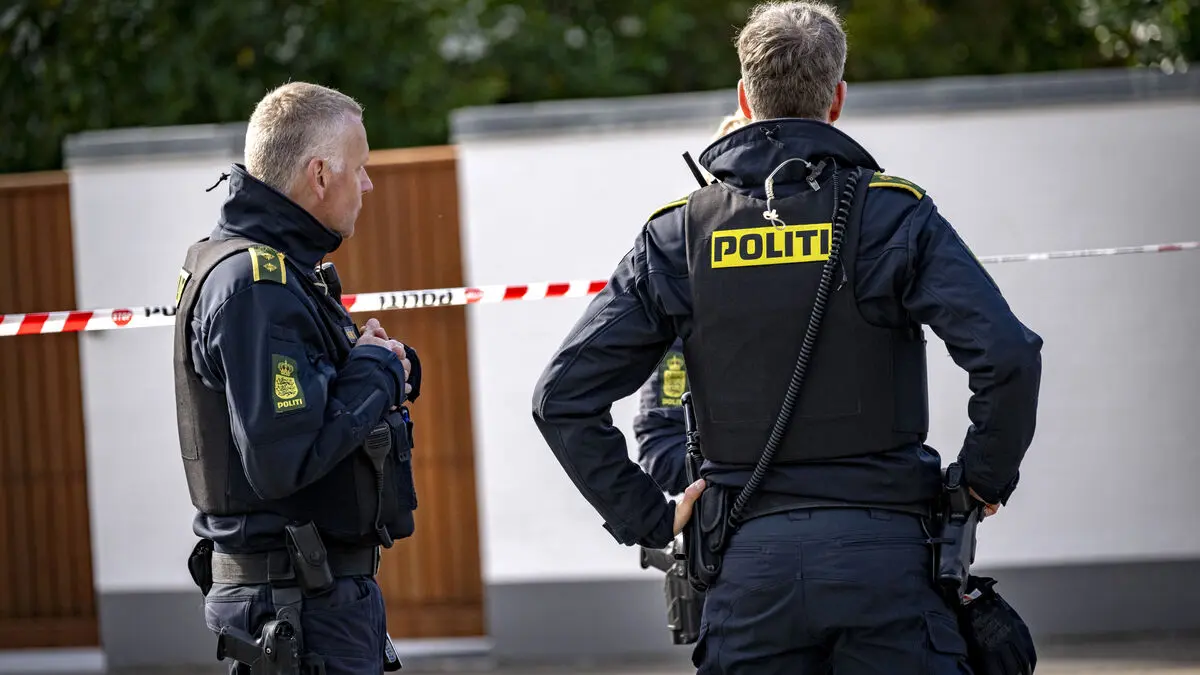It is in a report to the government that MUCF states that around 23 percent of the total 3,000 non-profit organizations and associations in Sweden surveyed have been exposed to violence, harassment, threats, theft or vandalism in 2024. This can involve threats or violence against the association or organization as a whole - or against its members or representatives.
Particularly affected are organizations that are opinion-forming and associations for children and young people. 27 percent of all associations for children and young people report that they have been exposed to violence, vandalism or theft, the same figure for associations for adults is 14. When it comes to exposure to threats or harassment, the corresponding figures are 21 percent and 16 percent.
A quarter is a large proportion, we take it seriously. What we see, that organizations for children and young people stand out, is serious, says Director-General Magnus Jägerskog.
Abstained from commitment
The exposure, or the fear of it, has resulted in nearly every tenth association having changed its activities or abstained from engaging in certain issues during the last twelve-month period.
Civil society should be a cornerstone of a democratic society. It is extremely important, not least for children and young people. This development can lead to young people who want a context perhaps not being able to have it, says Jägerskog.
The proportion of associations and organizations that have experienced hate and threats has been at the same level in recent years, except for 2021 when the figure was lower.
Taking a step back and thinking, it's clear that we have a society with increased polarization. It can be an explanation for why it is so common (with threats and violence). I'm not saying that we know for sure that it is, but it can be.
Concrete proposals
What can society as a whole do to reverse this trend?
Magnus Jägerskog and MUCF have an answer.
Very concretely, it's about working preventively. More democracy and value-based work in school, for example. Another part is to encourage organizations to report to the police. It is a minority that reports, doing so is an important tool. A third part is that we must give organizations support to develop security routines. Previous reports have shown that many organizations completely lack security routines, he says.





